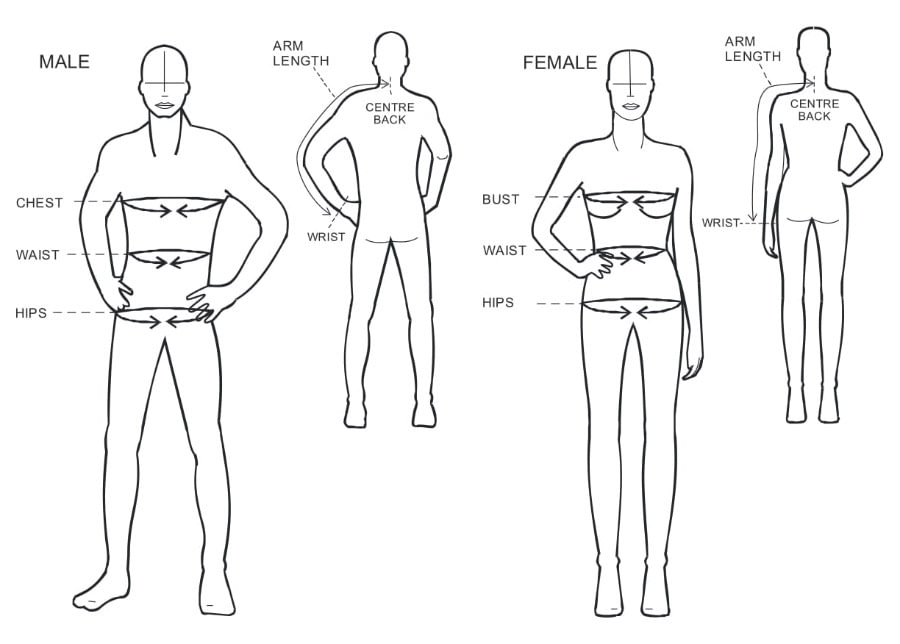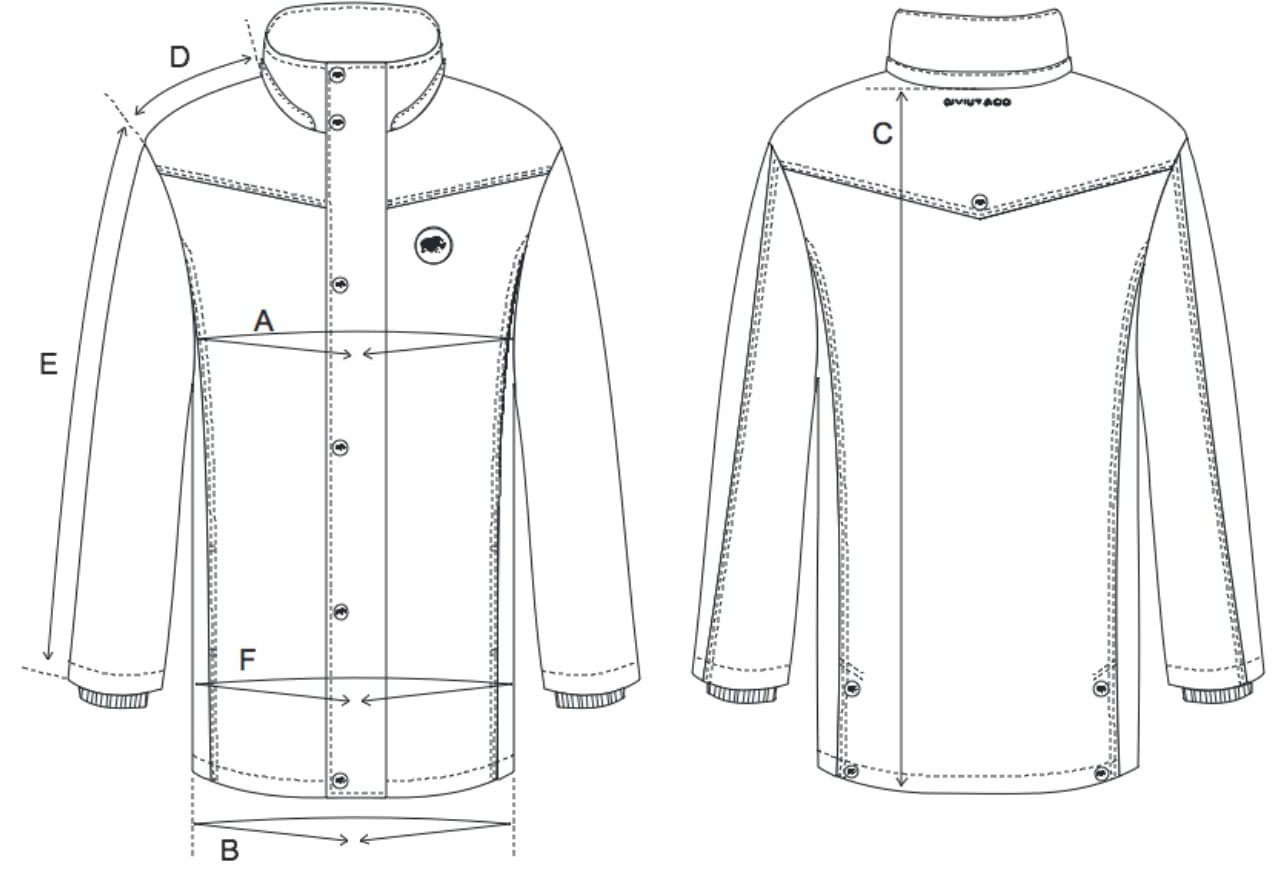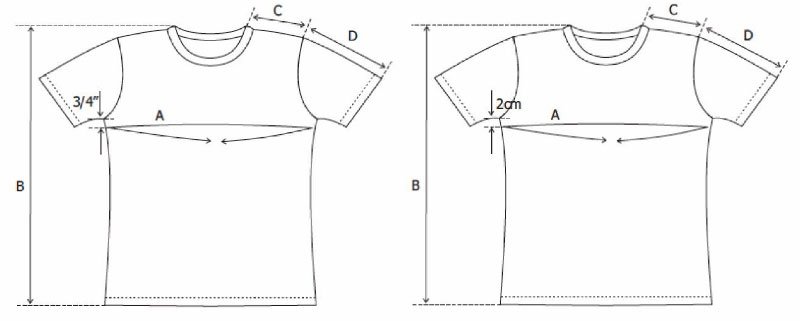In the UK March came in like a lion – and seems to be going out the same way. We had what was catchily called “The Beast from the East” earlier this month when a blast of arctic air from Siberia, allegedly caused by some manifestation of global warming eighteen miles above the North Pole, plummeted temperatures to well below freezing accompanied by dumps of 25cm-35cm (10in-14in) of snow in some parts of northern England and Scotland. This was followed by a mini-version of the same weather condition just this past weekend. Parts of western Europe and the northeast in the USA have endured similar frigid conditions in this last hurrah of winter.
This got me thinking about what it means to stay warm in such weather.
At QIVIUT & CO we are all about warmth because of the amazing thermal capability possessed by the fibre we are using in our products so I confess that there is something of a method to my madness in writing this blog. But in reality and while I have learned a great deal about the technology of warmth in the past thirty months working on this project, my thoughts are more formed by twenty years experience living in Alaska rather than any rabid commercial interest.
However, lest you get the wrong idea, let me disclaim at the outset that I am definitely not your hard core outdoorsman who spent his leisure time in Alaska ice fishing, snowmobiling or snow shoeing on mountain trails. Having grown up in Manhattan, I am more the “You can take the boy out of the city but…” well, you know the rest.
Nevertheless, if you are living in Alaska, you are confronting the cold in some way whether you want to or not. So my thoughts are more practical tips for the everyman who is our target customer and encounters extreme cold rarely but still wants to feel comfortable and cozy when he or she does.
IT’S ALL IN THE MIND
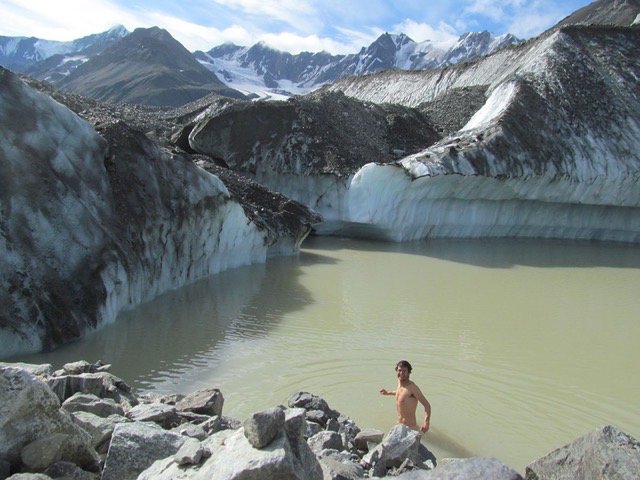
Not entirely, of course, but people often overlook the impact one’s attitude about the cold has on how you deal with it. To put it more succinctly, two people dressed exactly the same way in the same temperature condition can feel dramatically different about being cold or warm.
That could have something to do with body build and BMI but it also has to do with your mindset about the cold and whether or not you view it with concern or indifference. Or, to put it another way, individuals perceive cold in different ways.
People who think of themselves as “always cold” or believe that the cold “goes right through them” are almost pre-destined to feel cold at temperatures in which others would feel comfortable.
As a case in point, I remember being on a sport fishing boat trolling for silver salmon in the waters off of Seward, Alaska. It was July but a miserably cloudy, cold and wet day as can occur in the Alaskan summer. All of the “fishermen” (including yours truly) were huddled in the cabin trying to stay warm but I noticed that the captain was on the exposed bridge wearing nothing more than a baseball cap, t-shirt and long sleeve fleece with no gloves and taking only the occasional sip from a thermos of coffee.
I finally made the effort to go out and ask him if he wasn’t cold. His response was that between scouring the seascape for seals or whales, working the depth finder, communicating on the radio with the other boat captains in the area and checking the fishing lines he did not have time to worry about feeling cold. In short, he was indifferent to it. The funny thing was that the longer I stayed out there and talked with him without thinking about the cold, the more comfortable I felt, too.
So feeling warm – or, at least, not feeling cold – is as much a state of mind as it is a state of temperature.
TOG – SCHMOG
Then, there is the whole ratings flim-flam. Many performance clothing brands rely on ratings to establish how “super performing” their products are for insulation against the cold. In some cases, these are self-created, brand specific standards (Canada Goose uses something called “TEI” for example); in others, they rely on industry accepted standards like TOG (UK and Europe) CLO (USA) ratings or Fill Power (for feathers). These metrics give the comfort of science and are okay for judging very general product comparisons but what they won’t and can’t tell you is how warm you will actually feel in a given product regardless of its rating.
This is partly because of the subjective and attitude factors referred to above but also because laboratory derived test ratings often bear little similarity to actual real life conditions. It is one thing to scientifically measure the temperature transfer from one measuring plate through a fabric sample to another measuring plate in the confines of a laboratory but it is quite another to predict how that rating will make an individual feel in conditions with variables of time of exposure, wind speed, humidity, body build, etc.
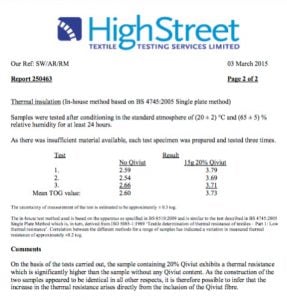 We did plenty of laboratory experimentation for The Qiviut Jacket and received TOG ratings for the various “pillows” or jacket section samples that we tested but this was more to maximise the thermal performance of the design (which had as much to do with the quilting pattern as it did with the insulation material itself) rather than worrying about how our TOG rating would compare with that of any other brand.
We did plenty of laboratory experimentation for The Qiviut Jacket and received TOG ratings for the various “pillows” or jacket section samples that we tested but this was more to maximise the thermal performance of the design (which had as much to do with the quilting pattern as it did with the insulation material itself) rather than worrying about how our TOG rating would compare with that of any other brand.
As you might be able to tell, I don’t place a lot of stock in ratings. Again, they may be fine as a first line of general differentiation among products but the real test for the vast majority of consumers and our target customers in particular is how warm the garment actually makes you feel in real life conditions, in my case in Alaska and on the ice cap in Greenland.
What I also know in a very practical sense is how musk ox fibre has protected musk oxen over millennia, through the Ice Age and allowed them to thrive in the most inhospitable environments on the planet to this day. I draw my own conclusions from this history without the need to rely on any scientific ratings.
STAYING WARM 101
But enough about the theory and intangibles of staying warm, let’s get down to some practical advice based upon my experience and what I have learned from manufacturing high performance outerwear. Many readers will already know much of this so I am not revealing any earthshaking secrets. It’s pretty simple really.
• Don’t ignore the core.
• Layering is your friend.
• Suggested amenities for the extremities.
DON’T IGNORE THE CORE
Most people know from experience that in low temperatures the first things to go cold on the body are hands and feet. This is because your body has a natural survival instinct to abandon the extremities as the core cools. Accordingly, your first and most important concern should be how to keep that main part of your body warm.
I will get to handling that concern from the outside in in the next section but don’t ignore the ability to heat the core from the inside out. Remember the fishing boat captain with his thermos of coffee? That is exactly what he was doing although any hot beverage, including soup, would be as good. And don’t lose any of the liquid’s thermal capability with a cheap container. Buying a top of the line thermos is money well spent.
In Alaska, some people swore by thermogenic foods. These would include ginger, cayenne pepper or things like spicy pepperoni sticks. The theory is that the digestion process of these types of foods creates warmth producing energy in the gut.
The point is that you can help yourself stay warm beyond just dressing for the part.
LAYERING
But dressing for the part is, of course, critical. We all know about layering but let me be specific.
Wear a good merino wool long sleeve base layer. (When we manufacture the qiviut equivalent I would recommend that but we haven’t gotten there yet.) This layer is all about keeping your body heat in. There are poly-pro and other synthetics that will do the same thing but I prefer natural fibres. Furthermore, unless you are going to be doing extreme activity that will generate a lot of perspiration there is no need to spend the extra money on wicking garments.
Your mid-layer is next and it should be a blocking layer to keep cold air out. Many people swear by fleece and a good quality one can do the job but, again, I prefer a natural and more environmentally friendly fibre like cotton. Some like to use an insulated gilet for this purpose instead of a pullover.
The outer layer, of course, is your work horse doing most of the heavy lifting when it comes to warmth. In Alaska winters, an insulated onesie snowsuit or jacket with bib overalls was often the uniform of the day for many people. I never got into that look and relied just on a heavy duty parka.
Which, of course, brings me full cycle to a caveat about The Qiviut Jacket. The superior thermal performance of that garment often obviates the need for a blocking layer. For the uses that most owners will make of that jacket – walking in the city or countryside or sitting in a football or rugby stadium for 2-3 hours – I find that a a good base layer is all that is necessary even down to single digit temperatures.
AMENITIES FOR THE EXTREMITIES
With the body core now covered, let’s talk about how to take care of the extremities since they can be the most problematic when it comes to staying warm
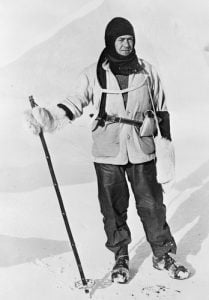 For hands, mittens are better than gloves…er, hands down. Each finger helps keep the other fingers warm and they all warm the palm.
For hands, mittens are better than gloves…er, hands down. Each finger helps keep the other fingers warm and they all warm the palm.
Mittens are not most people’s look but we are talking warmth here, not style.
Best to use fur lined skin mittens rather than knitted. You, too, can be a modern day Antarctic explorer.
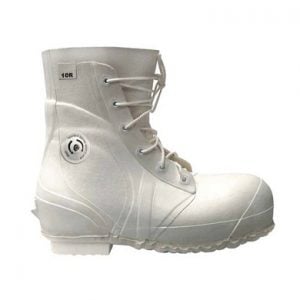 With feet, vapour barrier “Bunny Boots” are the gold standard. Remember the mantra I have mentioned before about stable air being the best insulator, as it is with Musk Ox fibre? That is the secret to this footwear. Again, not everyone’s look but unsurpassed for keeping toes toasty.
With feet, vapour barrier “Bunny Boots” are the gold standard. Remember the mantra I have mentioned before about stable air being the best insulator, as it is with Musk Ox fibre? That is the secret to this footwear. Again, not everyone’s look but unsurpassed for keeping toes toasty.
And let’s not forget about the face. Here, wind is the biggest enemy so you need something that will protect against that element. A balaclava is one option for those who don’t mind being confused for a S.W.A.T. team member or someone about to knock off a convenience store.
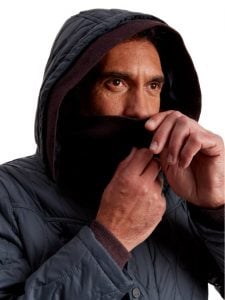 At QIVIUT & CO we have opted for a more stylish mix ’n’ match approach. The Qiviut Jacket provides an Arctic collar which, when fully zipped, acts as a snood protecting the neck all the way to the eyes.
At QIVIUT & CO we have opted for a more stylish mix ’n’ match approach. The Qiviut Jacket provides an Arctic collar which, when fully zipped, acts as a snood protecting the neck all the way to the eyes.
It also offers an insulated hood with a knitted wind baffle. Among our accessories, one can supplement or replace the jacket features with our knitted Head and Neck Warmers.
The key to all of these knitted qiviut items in terms of keeping wind away from the skin and providing warmth is the tightness of the knit.
Make sure to look for that quality regardless of what type of knitted face protection you choose.
Finally, I might mention chemical hand warmers (which can also be used in shoes/boots). I have not used these in quite a while and so am not familiar with the current technology (ditto for battery operated electric warmers) but in Alaska some years ago I generally found them not to be worth the trouble. They tended not to work all that well, particularly in wet conditions, and, in any case, the clothing suggestions I made should satisfy the warmth needs of 95% of readers.
THINK DIFFERENT
If you have read this far, you will now know more than most about adapting to the cold. Whether or not you choose to use any qiviut products to achieve this state of temperature comfort, I hope that this brief treatise will cause you to “think different” (as Steve Jobs might have said) about staying warm.

